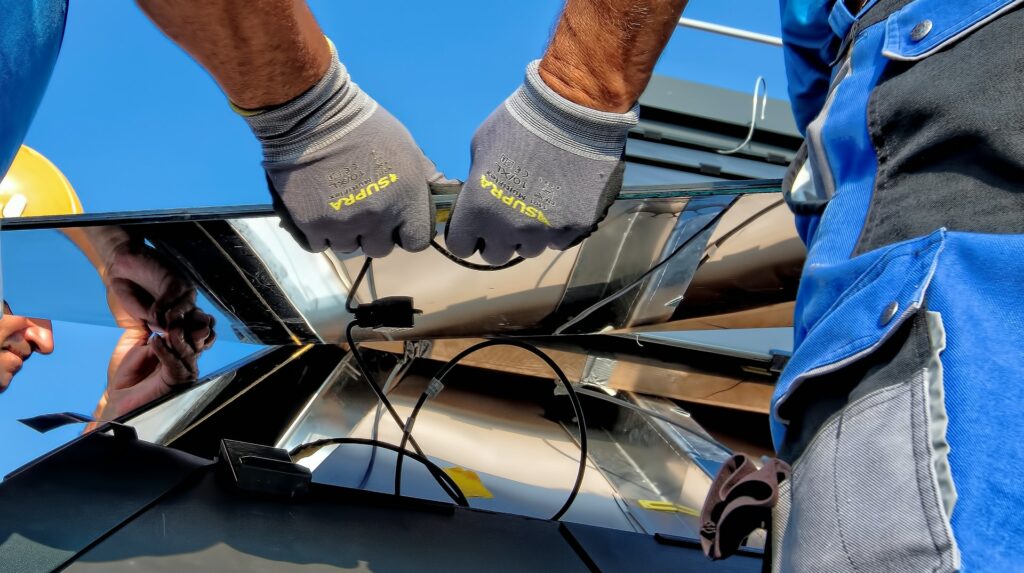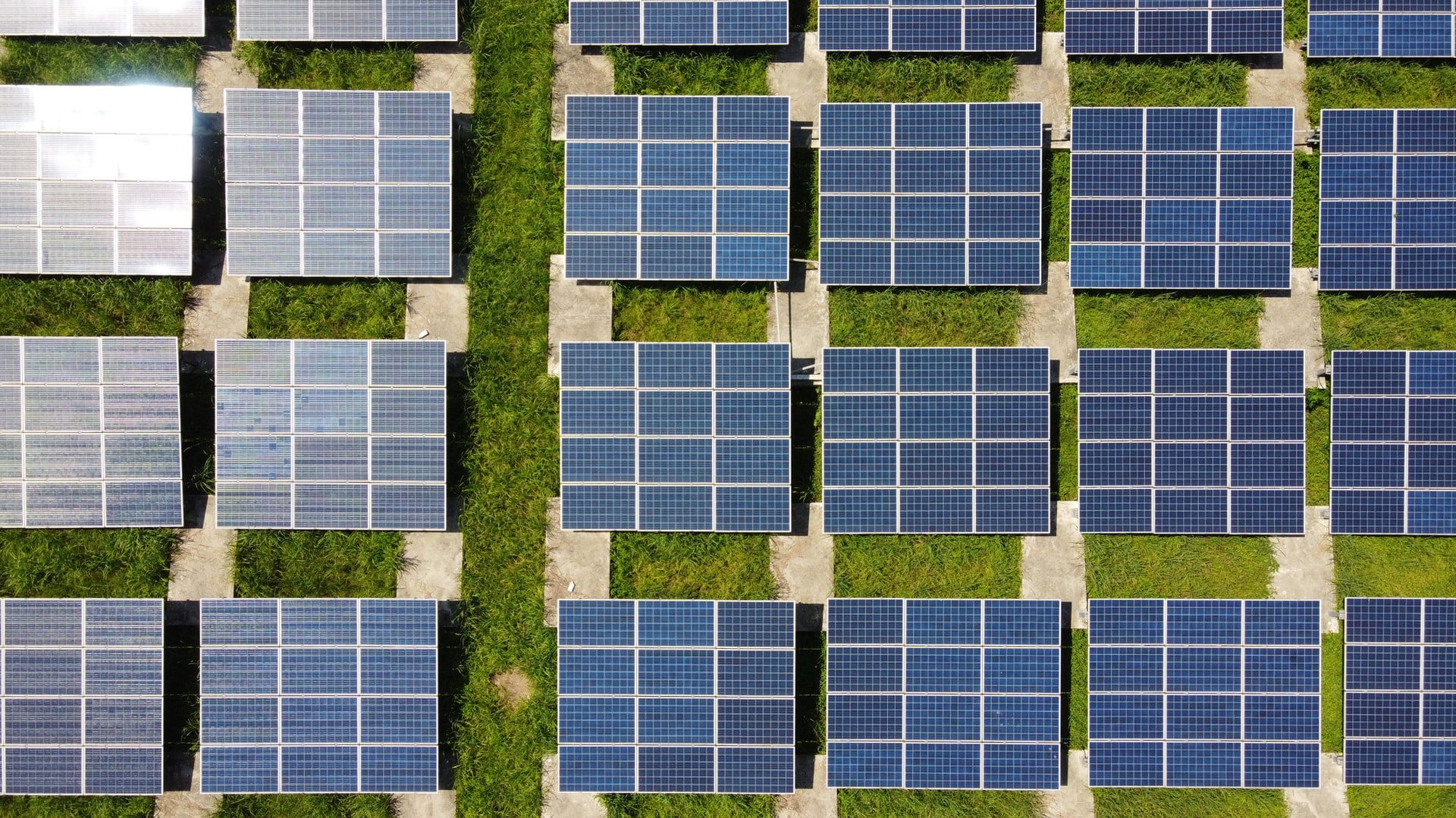Solar power is the future – but it might not look the way it does today. Here are some innovations that show how the power of the sun could be harnessed in years to come.

1. More efficient panels
In 2020, a team at the University of York created a prototype that absorbs sunlight 125% more efficiently than traditional solar panels.
They achieved this by creating a checkerboard of criss-crossing lines. The slim design allows for more products to integrate solar panels and the team claims the thinner silicon cells would also reduce the carbon footprint of manufacturing.

2. Floating farms
One issue with increasing our use of solar power is that solar farms require large amounts of land. But floating panels might solve that problem.
Not only do floating panels help reduce the need for land, but they’re also more efficient because of the water’s cooling effect. And beyond solar power, the farms can reduce evaporation on hydroelectric dams and the production of harmful algae blooms.
The downsides are that they’re more expensive to install and that they’re typically built on virgin plastic instead of metal. However, one farm in Portugal has created a friendlier alternative: floaters made from recycled plastic and cork.
3. Solar fabrics
Even your clothes could be collecting energy from the sun.
Brooklyn-based solar company Pvilion makes fabric solar panels for tents and canopies. In 2014, they collaborated with Tommy Hilfiger to design jackets fitted with flexible solar panels.
Noon Solar made solar-charged handbags until the business closed in 2010 and its founder Marianne Fairbanks started working on solar textiles with organic chemistry assistant professor Trisha Andrew. In these cutting-edge fabrics, each fibre is essentially a tiny solar panel. The technology could be used for tents, awnings and yes, even your clothes!


4. Solar cells for all devices
Cleantech company Perovskia Solar prints customisable solar cells for virtually any product, from smart watches to phones.
The cells are more cost-effective and making them produces fewer emissions than current solar technology. The company’s aim is to have their cells on every electric device.

5. Electric three-wheelers
In an effort to reduce traffic pollution, Infinite Mobility is developing a solar-powered version of the tuk-tuk.
These little vehicles are designed to cut down on noise and air pollution caused by delivery motorbikes and taxis.
Solar cells are integrated into the body of the vehicle, so it charges on the go. Infinite Mobility claims its three-wheelers can travel 10,000km a year on solar without relying on the grid.
6. Solar roads
The energy from solar roads could be used to power nearby communities and streetlights or to melt snow and ice for safer driving. Similarly, solar driveways could be used to charge electric cars.
However, the idea isn’t short of problems. Part of the challenge is creating a surface that vehicles can safely drive across and that can withstand traffic pressure. Another issue is the angle – most solar panels are tilted to get maximum sunlight. A further concern is that it might not work on busy roads, as the number of cars will block the sun. It’s also expensive. Some specialists say simply installing solar panels along the roadside is a better alternative.
Despite the obstacles, several countries have trialled the idea, with mixed results. France built the world’s first solar road in 2016, but the 1km strip was decommissioned in 2019 after proving too weak to stand up to traffic and not generating enough power. China has also piloted a short solar road.
In the Netherlands, SolaRoad installed the world’s first solar bike lane and the country has since developed others. In 2021, they opened a 330m lane which it’s claimed could power 40 homes.
Sources
EcoWatch, Revisiting Solar Roadways: Is the Concept Still Too Good to Be True?
Edie, Solar-powered Tuk-Tuks and thermal clothing: The best green innovations of May 2022
Fast Company, Floating solar farms could be worth $10 billion by 2030, but they have a dirty secret
Solar Reviews, All about Solar Roadways: the promise versus the reality
Solar Reviews, Which new solar panel technologies will revolutionize energy production?
University of York, Scientists see the light: new solar panel design could lead to wider use of renewable energy

